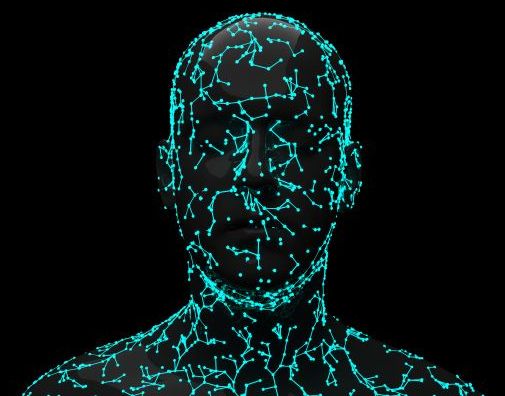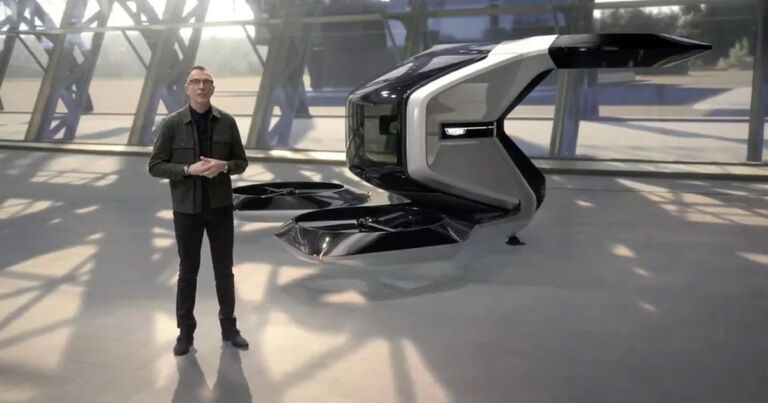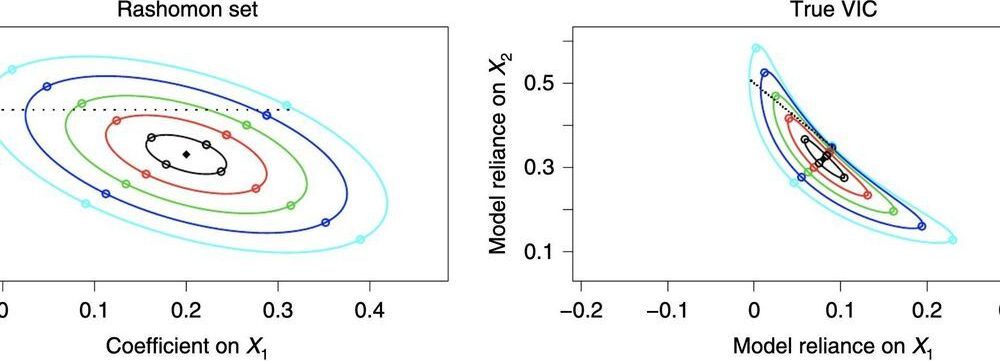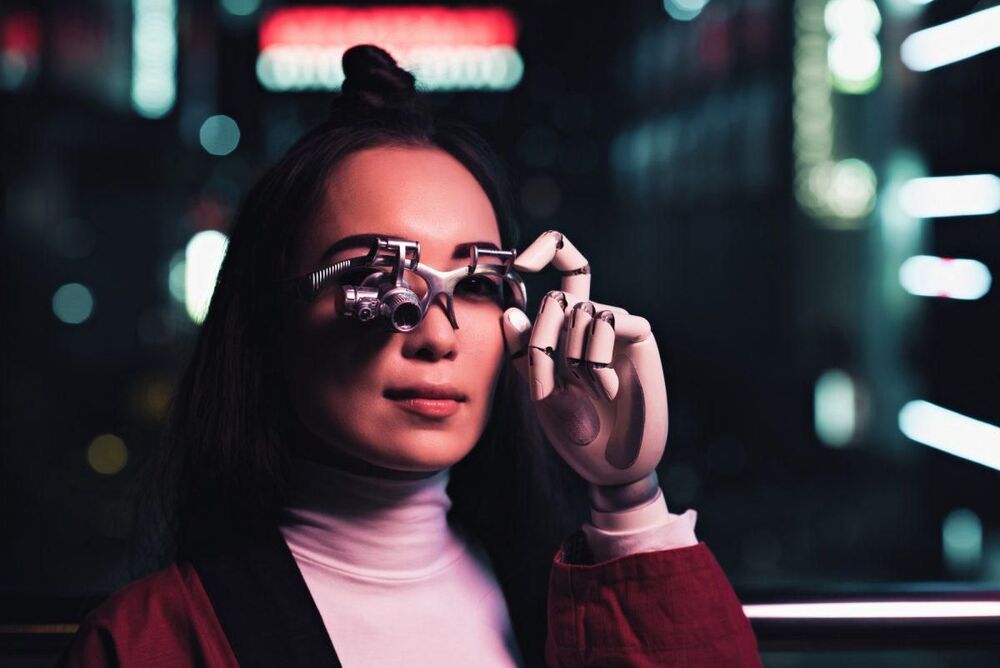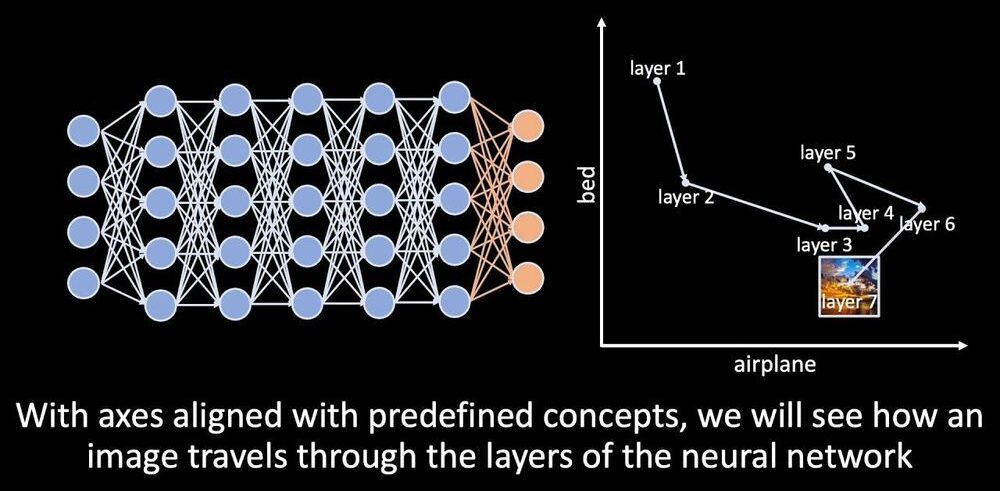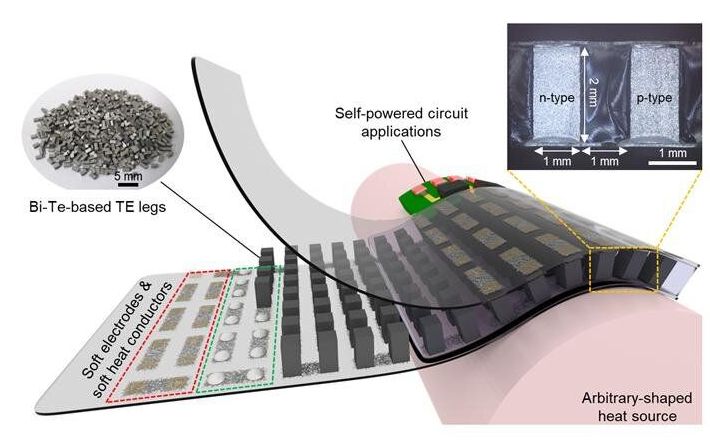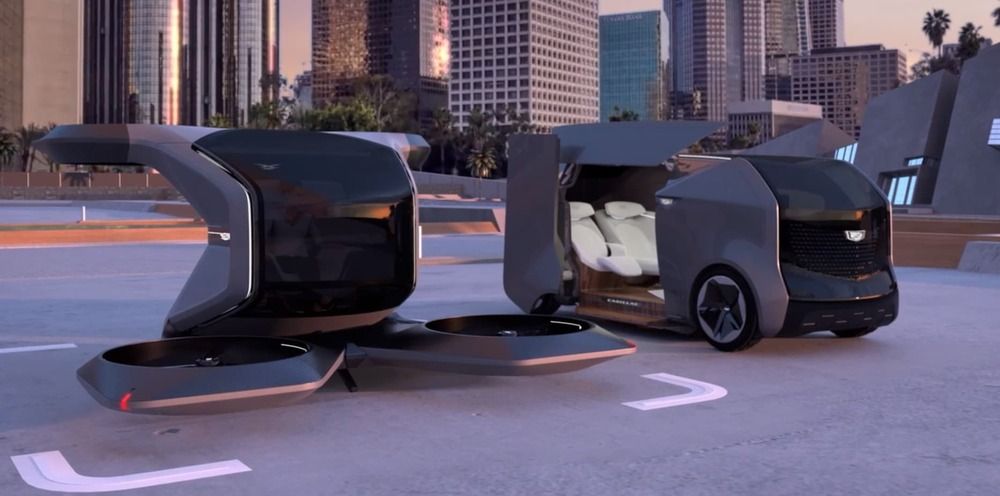Jan 14, 2021
FTC settlement with Ever orders data and AIs deleted after facial recognition pivot
Posted by Shailesh Prasad in categories: cybercrime/malcode, information science, robotics/AI
The maker of a defunct cloud photo storage app that pivoted to selling facial recognition services has been ordered to delete user data and any algorithms trained on it, under the terms of an FTC settlement.
The regulator investigated complaints the Ever app — which gained earlier notoriety for using dark patterns to spam users’ contacts — had applied facial recognition to users’ photographs without properly informing them what it was doing with their selfies.
Under the proposed settlement, Ever must delete photos and videos of users who deactivated their accounts and also delete all face embeddings (i.e. data related to facial features which can be used for facial recognition purposes) that it derived from photos of users who did not give express consent to such a use.
